Wanting to buy a plant..need help!
lostinthe90s
10 years ago
Related Stories

FLOWERS AND PLANTSHelp Monarchs and Other Butterflies by Planting Common Milkweed
Summer-blooming Asclepias syriaca is an important larval host plant for the monarch butterfly and attracts a number of pollinating insects
Full Story
GARDENING GUIDESMake Sure You Read This Before Buying New Plants
Follow these 10 plant-selection tips to avoid buyer’s remorse
Full Story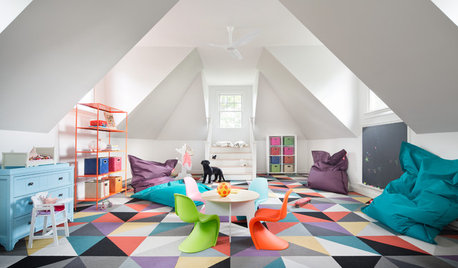
DECORATING GUIDES10 Easy Fixes for That Nearly Perfect House You Want to Buy
Find out the common flaws that shouldn’t be deal-breakers — and a few that should give you pause
Full Story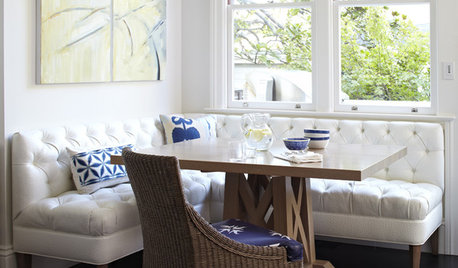
WORKING WITH PROS3 Reasons You Might Want a Designer's Help
See how a designer can turn your decorating and remodeling visions into reality, and how to collaborate best for a positive experience
Full Story
PETS6 Ways to Help Your Dog and Landscape Play Nicely Together
Keep your prized plantings intact and your dog happy too, with this wisdom from an expert gardener and dog guardian
Full Story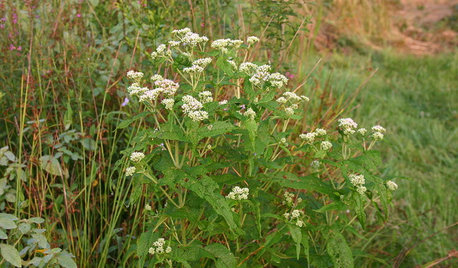
GARDENING GUIDESGreat Design Plant: Common Boneset Helps Good Bugs Thrive
Support bees, moths and butterflies with the nectar of this low-maintenance, versatile and tactile prairie-style plant
Full Story
LANDSCAPE DESIGNNative Plants Help You Find Your Garden Style
Imagine the garden of your dreams designed with plants indigenous to your region
Full Story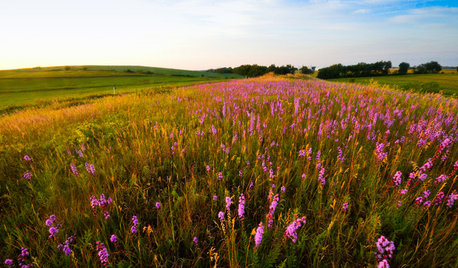
GARDENING GUIDESHelp Fuel the Monarch Migration With These 6 Prairie Plants
Try these nectar-rich beauties and help autumn monarchs
Full Story
LANDSCAPE DESIGNHow to Help Your Home Fit Into the Landscape
Use color, texture and shape to create a smooth transition from home to garden
Full Story






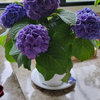
luis_pr
Carol love_the_yard (Zone 9A Jacksonville, FL)
Related Professionals
Windham Landscape Architects & Landscape Designers · Fitchburg Landscape Architects & Landscape Designers · Surprise Landscape Contractors · Bergenfield Landscape Contractors · Dinuba Landscape Contractors · Edwardsville Landscape Contractors · Morrisville Landscape Contractors · Newberg Landscape Contractors · Secaucus Landscape Contractors · Teaneck Landscape Contractors · West Covina Landscape Contractors · Lauderdale Lakes Landscape Contractors · Oxon Hill Landscape Contractors · Racine Siding & Exteriors · Woodland Hills Siding & ExteriorsOctober_Gardens